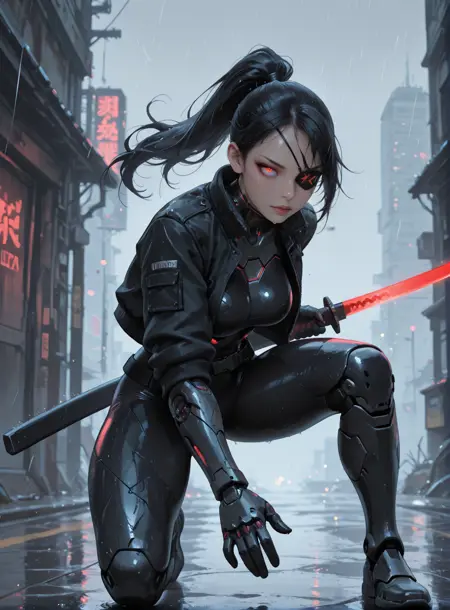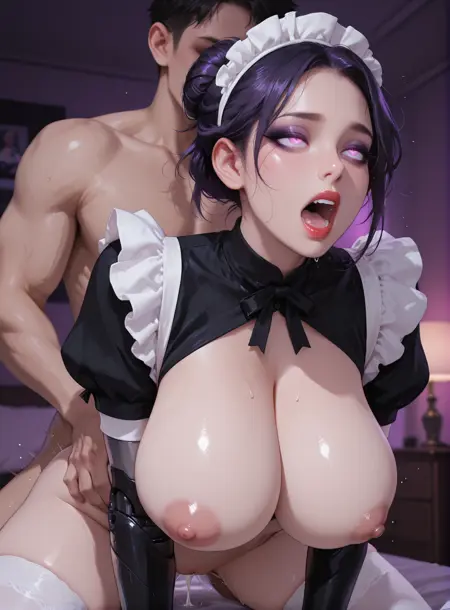q7-Illustrious-CG-milf-style
Details
Download Files
About this version
Model description
Attention: It is strongly recommended to enable ADetiler to repair facial details.
About this version
As you can see, this model has been updated. The inspiration came from an image with a porcelain-doll texture that caught my eye, so I tried to recreate the exact look I wanted through a mix of model merging, LoRA blending, and a few tiny tweaks. Strictly speaking, the result leans toward a realistic style—but that doesn’t matter; what matters is whether you all like it.
By the way, I think this bug (or rather, this workaround for a logic error) is actually a source of inspiration—even if the fix itself is a bit crude. The rest of this post will mainly explain the bug and the blunt-yet-effective way to get around it.
## I. Bug Cause The core issues in SuperMerger's network_lora.py code are: 1. Confused type judgment logic: The original code incorrectly classified MultiheadAttention (core type of SDXL's TE2 layer) into the is_linear (linear layer) check. However, MultiheadAttention is a composite module containing multiple sub-linear layers, and processing it as an ordinary linear layer easily triggers type incompatibility. 2. Lack of targeted adaptation: The code had no separate handling for MultiheadAttention layers. When encountering TE2 layers in SDXL LoRA, it directly threw an "unsupported layer type" error, making it impossible to merge LoRAs containing TE2 layers. ## II. Solution 1. Split type judgment: Added explicit is_multihead_attn check, removed MultiheadAttention from is_linear, and prioritized processing this type of composite layer to avoid logical conflicts. 2. Adapt to composite layer structure: When detecting MultiheadAttention layers, adjusted LoRA weight shape through weight.reshape and created compatible linear layers to accept weights, ensuring TE2 layers can be loaded normally. 3. Enhance error verification: Added weight shape validity checks, threw detailed errors (including target/actual shapes) if reshape failed, and unified error handling logic for easier problem localization. The optimized code supports SDXL's TE2 layer LoRAs without damaging original linear/convolutional layer functions, reducing the risk of hidden bugs.
Here are the suggested prompt snippets you can add—tweak weights or phrases as you like.
Positive (add to the main prompt)
masterpiece,ultra-HD,best quality,high resolution,ultra detailed,intricate,sharp focus,8k,high definition,detailed texture,aesthetic,Regular layout,SmoothNoob_Quality,
Negative (add to the negative prompt)
worst quality, low quality, displeasing, text, watermark, bad anatomy,blurry,text, artist name, signature, deformed hands, missing finger,















